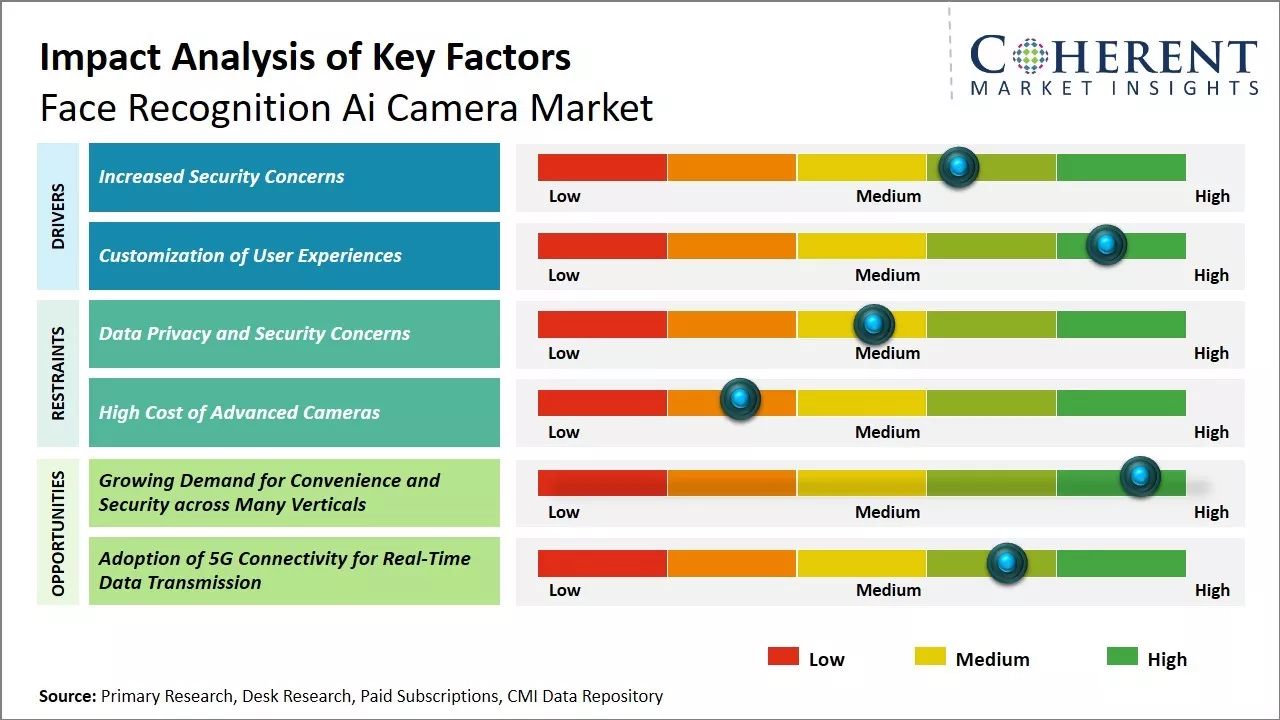Global face recognition AI camera market is estimated to be valued at USD 3.78 Bn in 2025 and is expected to reach USD 15.73 Bn by 2032, exhibiting a compound annual growth rate (CAGR) of 22.6% from 2025 to 2032.

To learn more about this report, Request sample copy
The market is expected to witness significant growth during the forecast period due to increasing demand for safety and security across various industries. Face recognition cameras help organizations to identify individuals and monitor premises securely. These are being increasingly used across government buildings, commercial spaces, airports and retail stores to detect security breaches. Advancements in AI and machine learning (ML) have enabled more accurate real-time detection and recognition. Adoption of face recognition cameras is further expected to rise with declining prices of these cameras. Wide applications in attendance tracking, access control and law enforcement will further support face recognition camera market trends during the forecast period.
Increased Security Concerns
The use of face recognition technology in cameras is becoming increasingly widespread due to growing security concerns. With rising levels of crime and terrorism around the world, governments and law enforcement agencies are under tremendous pressure to enhance security screening at public venues like airports, railway stations, and government buildings. Face recognition cameras allow for a non-intrusive method of identifying individuals and alerting authorities in real-time if a known threat is detected.
Private businesses are also ramping up security through facial recognition systems to monitor entry and exit points in office complexes, retail stores, and factories. High-profile incidents of theft, fraud, and vandalism have pushed organizations to seek advanced identification tools beyond traditional ID cards and access systems. Face recognition cameras paired with watchlists and surveillance feeds offer a solution for continuously monitoring large public areas and restricted zones. The ability to quickly verify employee and visitor credentials as well as identify trespassers and intruders appeals to security managers tasked with protecting valuable infrastructure and proprietary information. With a growing digital footprint of people online, face recognition cameras have become a preferred biometric authentication method versus security tokens or passwords that can be lost or stolen.
For instance, in February 2025, Government of Gauteng, South Africa launched a network of nearly 7,000 surveillance cameras equipped with facial recognition software in an effort to reduce crime.
Joining thousands of companies around the world committed to making the Excellent Business Solutions.
View All Our Clients